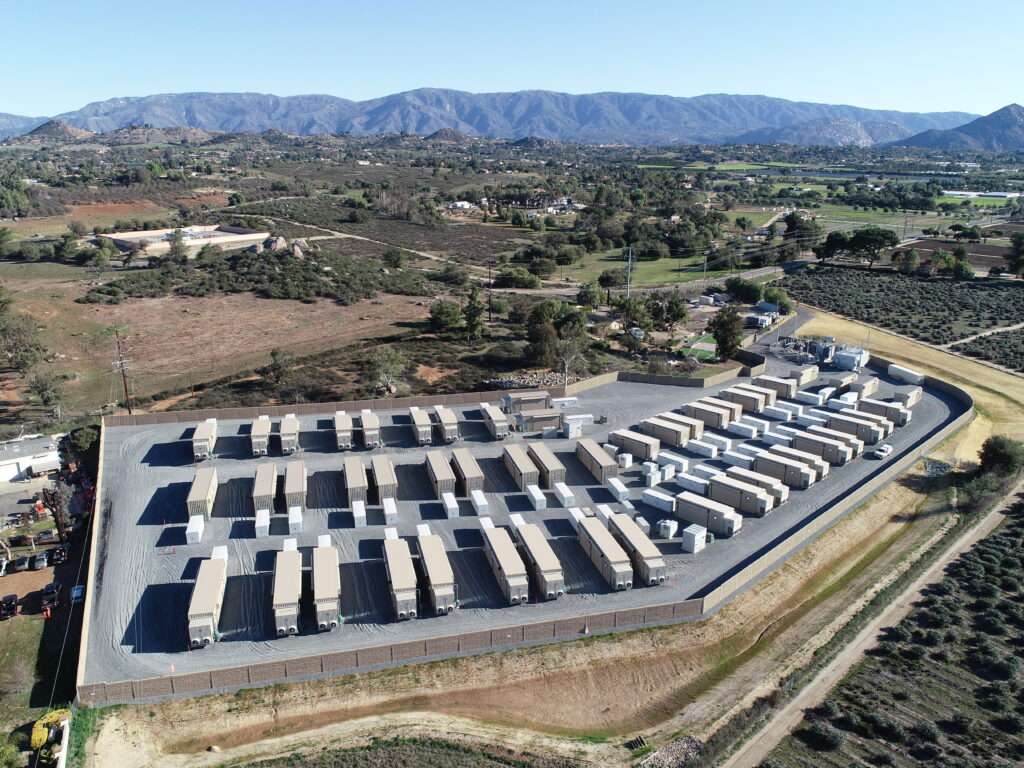The battery energy storage system which started a trial period this month. Image: SINCRO.GRID.
A 10MW/50MWh battery energy storage system (BESS) spread across two substations in Slovenia has started a trial and testing period.
The BESS projects are located at the Okroglo and Pektre substations and started their trial period this month, the company launching them announced. They are part of the SINCRO.GRID project, a smart grid investment project in Slovenia and Croatia which was launched in 2016 and with €40 million (US$43.25 million) in financing from the European Union.
It aims to increase grid flexibility in both countries. Specifically, the project aims to improve the voltage quality and frequency control, as well as increase the capacity and flexibility of the network for a more reliable supply. It also aims to help integrate increased amounts of renewable energy sources (RES) onto the grid.
The partners in the project are the Slovenian and Croatian transmission operators ELES and HOPs, respectively, and the two countries’ distribution system operators, SODO and HEP ODS. The SINCO.GRID project was born out of the realisation that the two countries faced similar technical challenges.
It will be managed by the transmission operators, each of whom will be responsible for the implementation of technologies in their respective system, while distribution system operators providing information about the operation of Renewable Energy Sources (RES) on the grid. This will help the transmission operators to forecast ancillary service needs.
The project website adds that the control centres of the distribution and transmission operators will be connected via ICT infrastructure and system integration primarily using the semantic model (Common Information Model or CIM).
Other aspects of the SINCRO.GRID project include a virtual cross-border control centre (VCBCC) and a dynamic thermal rating (DTR) to assess operating limits and better utilise transmission lines and transformers. The VCBCC links the electricity systems of the two countries and will integrate the DTR, new compensation devices for reactive power control and the BESS projects. Shunt reactors have been installed at substations in Mraclin and Melina, in Croatia.
Most energy storage news in Slovenia has come from private company NGEN which has launched two BESS projects using Tesla’s Megapack product.
Continue reading










